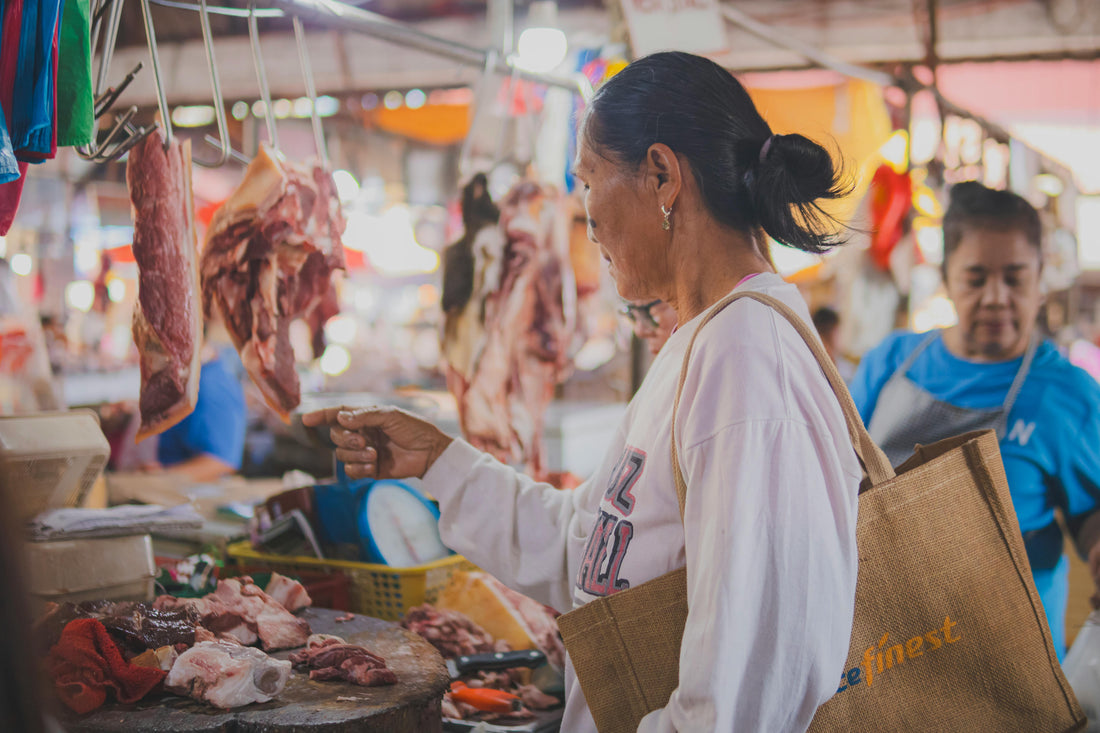
Nigeria Meat Market: Where Tradition Meets Opportunity
Share
In every corner of Nigeria—from the lively streets of Lagos to the sunlit, open-air markets of Kano—the mouthwatering aroma of sizzling meat calls to people like clockwork. Here, meat isn’t just food; it’s culture, livelihood, and community all wrapped in one. Whether it's the smoky charm of roadside suya, the pre-dawn hustle at local abattoirs, or the rising trend of neatly packaged cuts in supermarkets, Nigeria’s meat market is where tradition meets innovation.
As Africa’s most populous nation, Nigeria consumes millions of tons of meat each year. And with urban growth, rising incomes, and a booming population, that appetite is only growing. But beyond the skewers and steaks lies a vibrant network of farmers, traders, butchers, and entrepreneurs, all fueling one of the country’s most dynamic and evolving industries.
How Big Is Nigeria’s Meat Market?
Nigeria is home to one of the largest meat markets in Africa. Here’s a quick look:
Market Size: Over 1.5 million metric tonnes of meat—ranging from beef and chicken to goat, sheep, and fish—are consumed every year.
Per Capita Consumption: On average, Nigerians eat about 7.3 kg of meat per person annually. While this is below the global average, it’s steadily increasing thanks to urbanization and improved income levels.
What’s Driving Growth—and Where Is It Going?
Nigeria’s meat industry holds enormous potential, and the future looks promising. Several key trends are shaping this growth:
Urbanization and Income Growth
As more Nigerians move to cities and earn higher incomes, the demand for high-quality, convenient, and diverse meat options continues to climb.
Technology in Livestock Farming
From artificial insemination and precision farming to blockbusting supply chain tracking, tech is unlocking new levels of efficiency, traceability, and productivity in the meat sector.
Government and Infrastructure Support
Progress depends on smart investment. With better veterinary services, modern transport and storage infrastructure, and supportive policies, the livestock sector can truly thrive.
Tapping into Export Markets
With specialty products like ram, snail, and processed meats, Nigerian producers can expand beyond local markets and capture value in international trade.
Sustainability Matters
Environmentally friendly practices in animal farming are becoming increasingly important. By preserving natural resources and reducing emissions, Nigeria’s meat industry can grow in line with global sustainability goals.
The Backbone of the Industry: Key Market Highlights
A Large and Diverse Livestock Base
Nigeria has a strong foundation for meat production, with:
20 million cattle
60 million sheep
1.4 million goats
Despite this, only about 5% of cattle and 45% of chickens are currently processed locally—leaving much room for improvement and value addition.
A Growing Appetite at Home
Domestic demand continues to rise. Poultry leads the charge, accounting for 60% of meat consumption, followed by beef and goat meat. Annual consumption includes:
360,000 metric tonnes of beef
400,000 metric tonnes of poultry
Big Moves in Meat Processing
The industry is drawing serious investment. For instance, Brazilian meat giant JBS is investing $2.5 billion to build six meat-processing plants across Nigeria—a move set to transform local supply chains and boost food security.
Challenges to Tackle
Despite its promise, the meat market faces a few hurdles:
Outdated or limited processing facilities
Inadequate cold chain infrastructure
Heavy reliance on informal markets
Overcoming these issues is critical to unlocking the full potential of the industry—both for local needs and international trade.
Final Cut: What Lies Ahead
The meat market in Nigeria is not only expanding but also changing. The nation is well on its way to becoming a significant player in the global beef business with more investment, improved infrastructure, and an emphasis on international standards. Watch—and enjoy—Nigeria's journey from tradition to opportunity, from street-side barbecues to sophisticated processing facilities.
